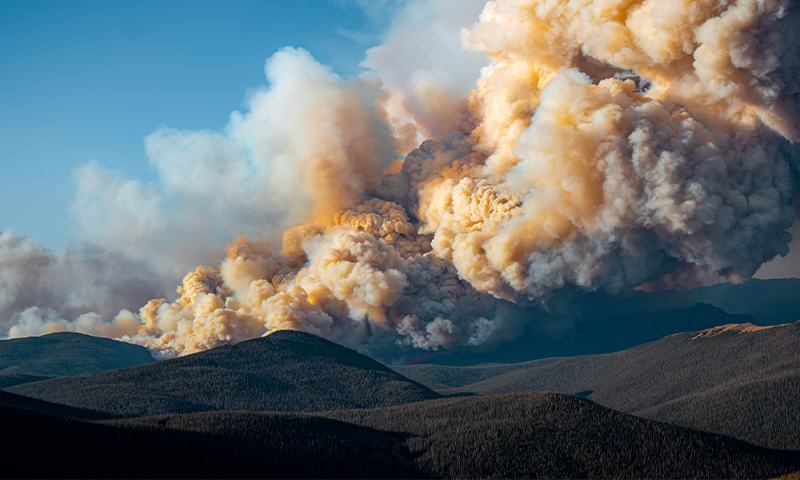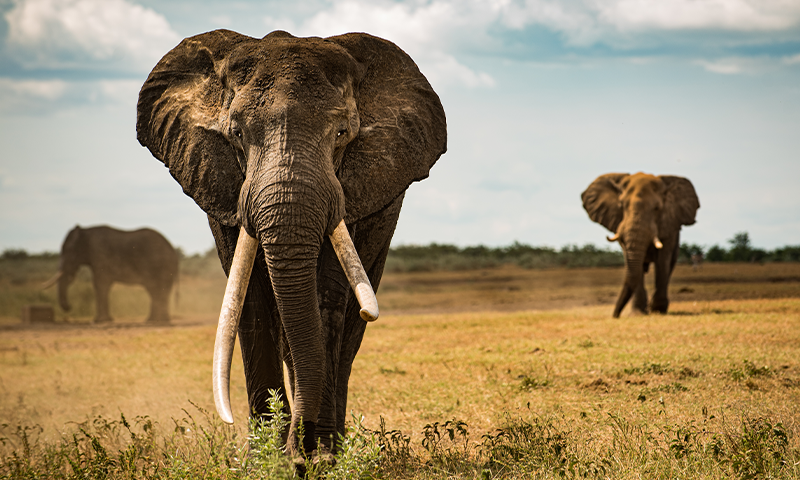Now Reading: How Wildfires Trigger Unexpected Cooling Effects
-
01
How Wildfires Trigger Unexpected Cooling Effects
How Wildfires Trigger Unexpected Cooling Effects

Rapid Summary
- Canada is experiencing a historic wildfire season, with over 7.8 million acres burned, and predictions of the season extending for at least three more months.
- Two lives have been lost, and over 20,000 people displaced in Manitoba alone, primarily affecting First Nations communities.
- Climate researchers highlight how wildfires could impact global climate modeling by releasing emissions such as smoke, CO₂, methane-but new findings show wildfire smoke may dampen warming due to its aerosol effects.
- A study published in the Proceedings of the National Academy of Sciences suggests that fire-related aerosols can create enough net cooling to reduce global warming by 12 percent and Arctic warming by 38 percent under certain conditions.
- Some scientists caution about uncertainties in these findings due to complexities in simulating aerosol behaviors accurately within climate models.
- researchers emphasize including updated data on fire-related emissions in future climate projections but note wildfires still cause meaningful ecological damage and human health risks.
Indian Opinion Analysis
This research highlights two critical aspects relevant to India’s environmental policies: first, it underscores how climate change intensifies natural disasters like wildfires; second, it emphasizes the importance of continuously updating climate models to incorporate emerging dynamics such as interactions between aerosols from fire emissions and global temperatures.For India-a nation vulnerable to extreme weather events-studying similar phenomena locally (e.g., forest fires in Uttarakhand or parts of Northeast India) may provide valuable insights into balancing mitigation strategies with scientific advancements.
While this paper opens new discussions around climate forecasting tools globally,its implications go beyond theoretical benefits. It serves as a reminder for policymakers that reactive measures alone are insufficient without accurate predictive frameworks tailored for unique regional ecosystems like India’s forests. Engaging with cutting-edge environmental science while keeping human impacts central will be key for managing risks posed by escalating climatic shifts.
























